Ready for the decisive blow
After the Paris Agreement in 1973, despite withdrawing all troops from Vietnam, the US imperialists stubbornly supported the puppet government in an attempt to sabotage the Paris Agreement and gain control of the liberated areas. Despite receiving support from the US in many aspects, the puppet army could not avoid being weakened militarily, politically and spiritually. From mid-1974 onwards, they did not organize any invasion operations, instead, they carried out defensive activities to maintain the occupied areas.
On our side, facing the strong development of both position and strength of the Southern battlefield in 1974, the Politburo met and made a historic resolution: Liberate the South in the two years of 1975-1976 and if the opportunity came in early or late 1975, immediately liberate the South in 1975. The General Command proposed a general offensive plan consisting of three major attacks: Central Highlands, Hue-Da Nang and Saigon. In which, the Central Highlands was the opening attack direction, Hue-Da Nang was the decisive blow to collapse the enemy's defense line in the Central region, and Saigon was the final strategic battle.

Minister of Foreign Affairs of the Provisional Revolutionary Government of the Republic of South Vietnam Nguyen Thi Binh signs the Convention of the International Conference on Vietnam, March 2, 1973. Photo: International Documents/VNA release
Immediately after liberating Buon Ma Thuot and winning a great victory on the Central Highlands battlefield, on the basis of discovering the confusion and mistakes in the enemy's strategic direction, on March 18, 1975, the Politburo affirmed that the strategic opportunity had come and determined to liberate the South in 1975. First of all, quickly destroy all enemy troops in Tactical Zone 1, from Quang Tri to Quang Ngai, liberate Hue and Da Nang.
At this time, the Tri Thien-Hue and Quang Nam-Da Nang battlefields were identified by the US and the puppet regime as the "steel gate" of defense for the South. Therefore, they concentrated a large force here, including: six infantry divisions, including two strategic mobile divisions (airborne, marines), four commando regiments, five armored tank regiments (449 vehicles), eight mechanized artillery brigades (418 cannons), six naval regiments, one air force division (more than 300 aircraft), with a total force of more than 110,000, not including security forces and militia. It is calculated that for every seven people, there is one mercenary to control and restrain.
Thus, the Hue-Da Nang Campaign was our second major campaign following the Central Highlands Victory, aiming to destroy the enemy's key defense line in the Central region, creating a favorable strategic corridor for the final attack on Saigon.
In preparation for the Hue-Da Nang Campaign, since the end of 1974, we have deployed many military activities to create position and strength. In terms of forces, we organized the mobilization of the 2nd Army Corps (including Divisions 304, 324, 325, Tank Brigade 203, Artillery Division 673, Engineer Brigade 219) along with the armed forces of Tri-Thien Military Region and Military Region 5. Logistics forces were reinforced from the North. In terms of equipment, we supplemented heavy weapons, ammunition, food, and means of transport. Logistics routes were expanded to ensure adequate supply for the campaign. In terms of tactics, we continuously launched small attacks on enemy bases to wear down enemy forces, isolating Hue-Da Nang from surrounding areas. At the same time, we closely followed the enemy's movements, grasped their strategic regrouping plans to strike promptly when the opportunity was ripe.

Liberation Army enters Hue city. Photo: Hoang Thiem - VNA
Smash the "steel door"
With urgent and comprehensive preparations, even before the Central Highlands Campaign ended, we launched the Hue-Da Nang Campaign, the second strategic decisive battle of the 1975 Spring General Offensive and Uprising. The campaign was commanded by Lieutenant General Le Trong Tan and led by Senior Lieutenant General Chu Huy Man as Political Commissar. The guiding ideology for the entire campaign was: "Secret, unexpected, bold, sure to win, seize the opportunity, be ready to develop attacks, and win great victories on the entire battlefield."
On March 21, 1975, from the North, West, and South, our troops simultaneously attacked, forming many flanks to encircle the enemy, opening the Hue offensive. By March 24, our troops had surrounded the entire enemy defense complex in Hue. On the morning of March 25, 1975, our troops attacked from all directions, destroying and disintegrating the retreating enemy forces at Thuan An and Tu Hien estuaries. On the same day, armed forces units coordinated with the political forces of the masses to occupy military bases, political, economic, and cultural establishments, and hunted down the stubborn villains.

Liberation troops enter Ngo Mon Gate (Hue), morning of March 26, 1975. Photo: VNA
On March 26, 1975, the puppet 1st Division was destroyed, and the entire Thua Thien-Hue province was completely liberated. This resounding victory was a fatal preemptive blow to the enemy's new strategic defensive plan in the coastal plains of the Central region, creating a threat from the North to the enemy troops in Da Nang.
At the same time, the armed forces of Military Region V coordinated with the revolutionary masses to attack and rise up to destroy the 2nd puppet Division, liberate Tam Ky (March 24), Quang Ngai (March 25), Chu Lai (March 26), liberate the entire southern part of Military Region I, creating another direction to threaten Da Nang from the South.
The victories in Hue and the above provinces broke an important part of the enemy's plan to hold Da Nang, creating favorable conditions for our army to advance and destroy the enemy in Da Nang. Da Nang was the most modern and powerful joint naval, land and air force base in the South. Although at this time the force was still very large, it was completely isolated. The General Command assessed: After losing Hue, Tam Ky, Quang Ngai, the enemy could not hold Da Nang. Therefore, the Politburo and the Central Military Commission approved the plan to liberate Da Nang in the spirit of "the most timely, the quickest, the boldest and with the force that could be transferred the earliest".
Implementing the Politburo’s determination, on the morning of March 28, from many different directions, our army launched a fierce and intense attack on Da Nang. A large number of people and self-defense and special forces inside and outside the city rose up and coordinated closely with the main force. Our army quickly captured the targets: the I Corps Command, the airport, the military port, the City Hall, etc.
On March 29, our army completely controlled Da Nang. The enemy's last line of defense in the Central region was defeated, the remaining puppet army fell into chaos, no longer able to organize resistance. Tens of thousands of puppet soldiers surrendered, we captured a large amount of weapons, tanks, planes and many other military equipment. The Hue-Da Nang campaign ended in victory.
Contributed decisively to the victory of the historic Ho Chi Minh Campaign.
The Hue-Da Nang Campaign was a great victory, both strategically significant and having profound political impact. Although it took place in a short time, with hasty preparations, thanks to the skillful command of the General Command and the indomitable fighting spirit of our army and people, the Campaign successfully completed its set objectives.
In less than 10 days, our army had destroyed a system of the enemy’s most fortified military bases. Many elite main force units, including the strategic reserve force and modern weapons provided by the US, were destroyed or disintegrated. The campaign dealt a heavy blow to the enemy’s defensive strategy, causing them to be deadlocked both tactically and strategically.

On March 29, 1975, after 22 hours of rapid and fierce attack, our army completely liberated Da Nang. Photo: VNA file
Liberating Hue, we destroyed the key defense line in the North Central region, opening wide the "door" to Da Nang. When Da Nang - the enemy's most fortified stronghold in the Central region - fell, the Saigon government was in utter panic. On the night of March 29, when Da Nang was just liberated, Western news agencies commented: "The collapse of the Saigon regime is only a matter of days and hours."
This victory created a chain reaction throughout the Southern battlefield, disintegrating the enemy's command system. Along with the Central Highlands Campaign, the Hue-Da Nang Campaign completely changed the balance of power, pushing the Saigon army into an irreversible collapse.
Strategically, the liberation of the entire Central region helped us to expand our solid rear, connecting the liberated areas from the Central Highlands to the coast, creating conditions to concentrate forces for the decisive battle in Saigon-Gia Dinh. At the same time, the Campaign also created a solid position for us to liberate the Truong Sa archipelago and form an eastern army to advance into Saigon, contributing decisively to the final victory of the historic Ho Chi Minh Campaign.
Not only a decisive military blow, the victory of the Hue-Da Nang Campaign also demonstrated the strategic vision and acumen of the Party Central Committee and the General Command in directing and operating the Campaign, especially the art of creating opportunities and seizing opportunities: creating opportunities by winning the Central Highlands, forcing the enemy to retreat to Hue-Da Nang, exposing their weaknesses. Seizing the opportunity to quickly launch the Hue-Da Nang Campaign, not allowing the enemy to consolidate their forces, fully exploiting their chaos. Using the tactics of encirclement, division, quick attack, quick victory, making the most of the enemy's weakness to win in the shortest time.
As one of the three major campaigns of the 1975 Spring General Offensive and Uprising, the Hue-Da Nang Campaign was not only a resounding military victory but also had decisive strategic significance, destroying the enemy's most solid defense line in the Central region, disintegrating the elite military force of the Saigon government. This victory paved the way for the historic Ho Chi Minh Campaign, accelerating the process of completely liberating the South. The victory was also a clear demonstration of the Party's strategic vision, excellent military art and the determination to win of our army and people, contributing to bringing the country to complete reunification.
Minh Duyen/VNA
Source: https://baotanglichsu.vn/vi/Articles/3097/75300/50-nam-thong-nhat-djat-nuoc-chien-dich-hue-dja-nang-djon-djanh-quyet-djinh-tao-the-cho-djai-thang-mua-xuan-1975.html


![[Photo] General Secretary To Lam arrives in Minsk, begins state visit to Belarus](https://vphoto.vietnam.vn/thumb/1200x675/vietnam/resource/IMAGE/2025/5/11/76602f587468437f8b5b7104495f444d)




![[Photo] General Secretary To Lam meets and expresses gratitude to Vietnam's Belarusian friends](https://vphoto.vietnam.vn/thumb/1200x675/vietnam/resource/IMAGE/2025/5/11/c515ee2054c54a87aa8a7cb520f2fa6e)


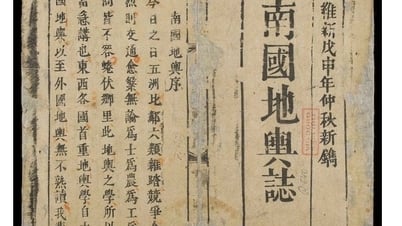
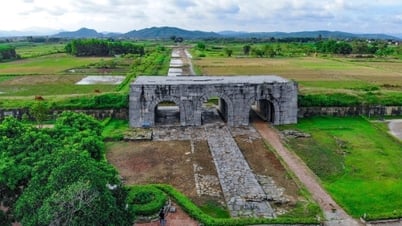
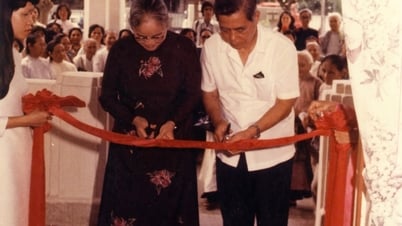




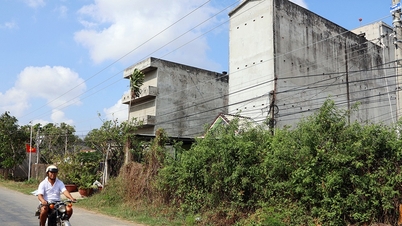



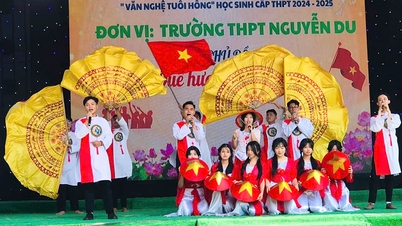
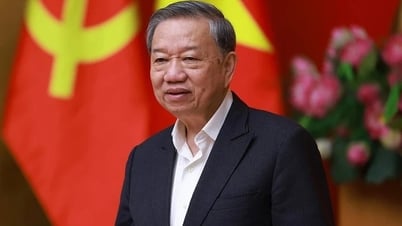


![[Photo] General Secretary To Lam concludes visit to Russia, departs for Belarus](https://vphoto.vietnam.vn/thumb/1200x675/vietnam/resource/IMAGE/2025/5/11/0acf1081a95e4b1d9886c67fdafd95ed)
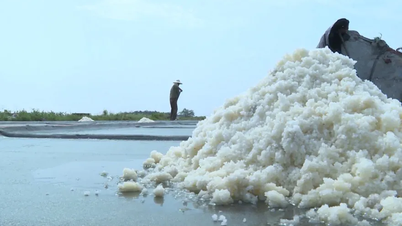





























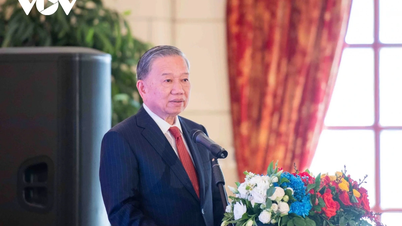

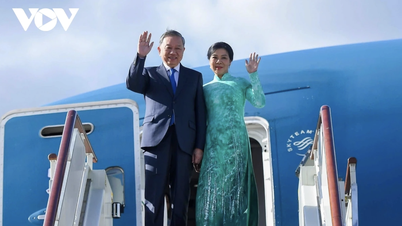



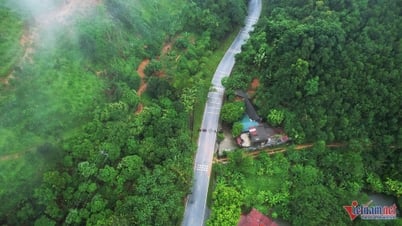









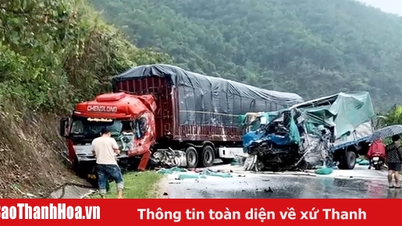

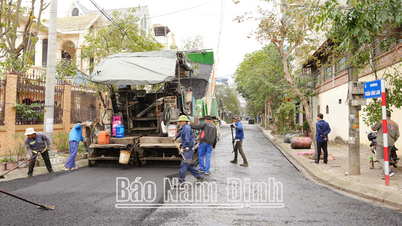

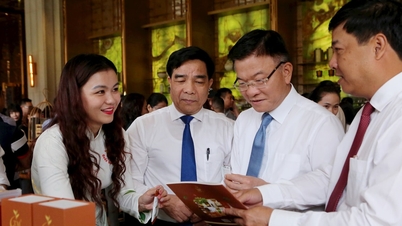



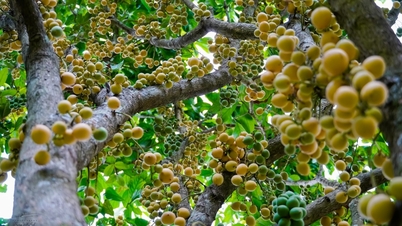











Comment (0)